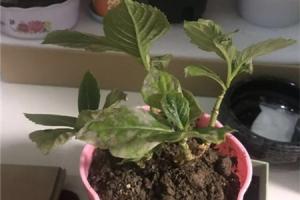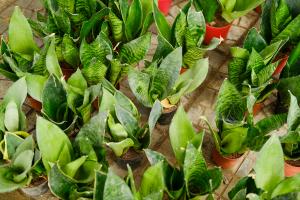How to Take Care of Bonsai Tree Plant
Bonsai trees are a beautiful and unique addition to any household or garden. However, taking care of these miniature trees requires patience and skill. The following tips will guide you in maintaining a healthy and vibrant bonsai tree:
Choosing the Right Bonsai Tree
When selecting a bonsai tree, it is crucial to choose one that is suitable for your climate and environment. Different species of bonsai trees thrive in varying conditions. Research the ideal growing conditions for your tree before purchasing one. As a beginner, it is advisable to start with a hardy and easy-to-care-for species.
Providing Proper Lighting
Bonsai trees require adequate lighting to grow healthily. It is best to place your tree in a location that receives indirect sunlight for most of the day. Direct sunlight can damage the leaves and even kill the tree. On the other hand, insufficient lighting can cause the tree's growth to slow down or the leaves to turn yellow. Consider using artificial lighting if natural sunlight is limited.
Watering Appropriately
Watering is a crucial aspect of bonsai tree care. Overwatering can cause the roots to rot, and underwatering can lead to dehydration and death. It is advisable to water your bonsai tree once every two to three days, depending on the temperature and humidity levels in your environment. It is also essential to use a soil mix that retains moisture but drains water efficiently.
Pruning and Shaping
Pruning and shaping are key aspects of bonsai tree care. Pruning involves removing old, weak, or overgrown branches to maintain the tree's shape and health. Shaping involves training the tree's growth pattern to a desired shape or style. Both practices require precision and patience, as they can take several years to achieve the desired results. Consider attending a bonsai workshop or seeking advice from a professional to learn these techniques.
Fertilizing Regularly
Fertilizing your bonsai tree regularly helps to replenish essential nutrients that may be depleted in the soil. It is essential to choose a fertilizer suitable for your tree species and to apply it in moderation. Over-fertilizing can harm the tree's health and even lead to death. It is best to fertilize during the growing season, about every two weeks.
Protecting from Pests and Diseases
Bonsai trees are susceptible to pests and diseases, just like any other plant. To protect your tree, it is advisable to inspect it regularly for signs of infestations, such as yellowing leaves or pests. Use insecticides or fungicides as needed, but be sure to choose a product that is safe for your tree species and follow the application instructions carefully.
In conclusion, taking care of a bonsai tree requires patience, skill, and dedication. By following these tips and seeking advice when necessary, you can maintain a healthy, thriving bonsai tree for many years to come.

 how many times do yo...
how many times do yo... how many planted tre...
how many planted tre... how many pine trees ...
how many pine trees ... how many pecan trees...
how many pecan trees... how many plants comp...
how many plants comp... how many plants can ...
how many plants can ... how many plants and ...
how many plants and ... how many pepper plan...
how many pepper plan...































